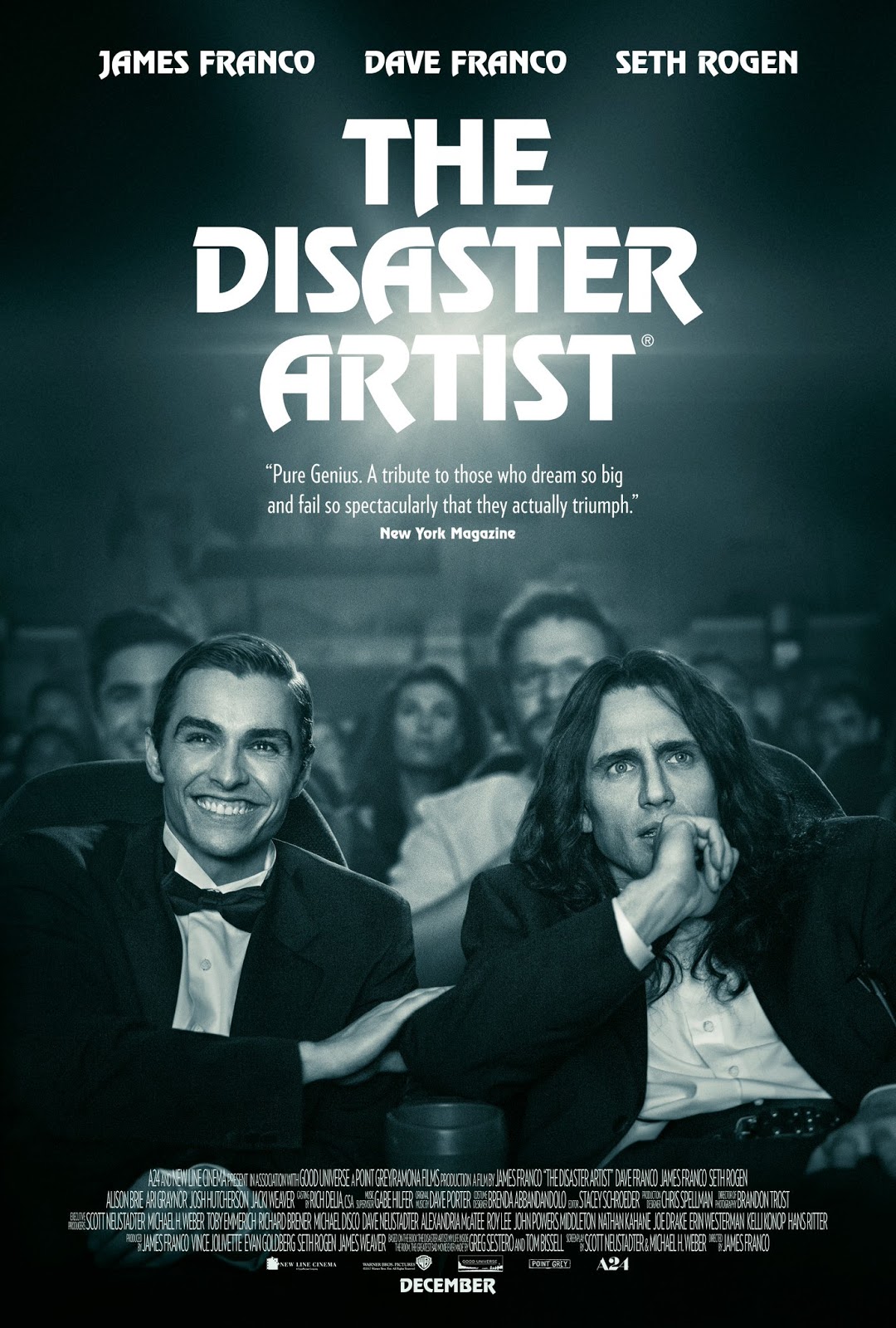Go ahead and argue all you want about the best movie ever made (Citizen Kane? The Godfather? Casablanca?), but there’s not much debate about the worst.
The Room, which was written, directed, produced by and starred the enigmatic Tommy Wiseau, landed with a thud in the summer of 2003. It has since gone on to become a veritable cult classic, but not in the same sense as Pulp Fiction, The Big Lebowski, or even The Rocky Horror Picture Show, all of which have varying levels of redeeming qualities.
No, The Room is awful, because it’s awful. The script is quite possibly the worst thing ever written, the direction is lazy at best (confounding at worst), and the acting is of a level at or below a middle school drama club. (No offense to middle school drama clubs.)
But because it’s so awful, The Room has amassed more than a casual following in recent years, as evidenced by the opening few minutes of James Franco’s excellent The Disaster Artist, the ‘inspired by true events’ film about how The Room came to be. Watch as A-listers from J.J. Abrams to Adam Scott to Kristen Bell profess their fascination with the film.
Leading the charge, though, are Franco himself along with Seth Rogen, whose Point Grey Pictures bought the film rights to the behind-the-scenes book by Greg Sestero, Wiseau’s friend and co-star of The Room. And though Franco and Rogen could have made a goofy film that wildly lampoons Wiseau and his creation, the result is instead a surprisingly moving and insightful movie about one of the more misunderstood filmmakers (hey, he technically did make a film) in recent memory.
Franco, working from a fabulous script by Paper Towns’ Scott Neustadter and Michael H. Weber, stars as Wiseau, and James’ little brother Dave is Sestero. The movie begins with Wiseau and Sestero in acting class together in July 1998, led by Jean Shelton (Melanie Griffith, just one of the movies twenty-or-so cameos). Sestero is struggling, but when Wiseau performs a ridiculously emotive scene from A Streetcar Named Desire, involving nothing more than him writhing on the stage yelling “Stella!” incoherently over and over again), Sestero is impressed.
They strike up a friendship, and within a few months they’ve moved to Los Angeles together to get their big break. Nothing really happens for either of them (Wiseau, in one hilariously uncomfortable scene, is brutally shot down by Judd Apatow), so they decide to make their own break. Wiseau writes the script for The Room, gives himself the lead role of Johnny (along with directing duties), gives Sestero the part of Mark, and they’re off and running.
The two running jokes throughout are that no one knows where Wiseau got the money to finance the movie (to the tune of $6 million), how old he is, and where he’s from—Franco’s mastery of Wiseau’s eastern European accent is uncanny—and that Wiseau can possibly be so heinously oblivious to his startling lack of talent. But everyone, for the most part, is just content to buckle up and go along for the ride, including Rogen himself as The Room’s script supervisor Sandy Schklair.
And what a ride it is. You don’t need to have seen The Room (or even be mildly familiar with it) to enjoy The Disaster Artist; Franco makes sure to gently guide even newbies through the chaos and madness. (A testament to his abilities comes in the closing credits, as side-by-side comparisons of actual scenes from The Room are shown alongside Franco’s spot-on recreations.) It’s clear that Franco wants to tell Wiseau’s story with reverence and honesty, and that’s just what The Disaster Artist delivers. Sure, there are plenty (plenty!) of moments that will have you laughing uproariously at Wiseau’s ineptitude and stubbornness, but you’ll also emerge from the movie with a new respect for the man, too.
It takes a special talent to make a misunderstood fool look like a real, emotional human being, but Franco succeeds in spades, and his movie about one of the worst movies ever is easily among the best movies of the year.
Rating
4.5/5 stars
